Table of Contents
The geography of Mexico is a mesmerizing mix of varied terrains and historical significance. Located in North America, this nation’s geographic position has been instrumental in crafting its history and cultural identity.
Positioned between the U.S. to the north and Central America to the south, Mexico geography attracts intrepid travelers with its expansive deserts, majestic Sierra Madre mountains, and bountiful coastal regions. From trekking through the mystical landscapes of Oaxaca to immersing oneself in the cultural mosaic of Mexico City, Mexico’s multifaceted terrains and deep-rooted history offer a remarkable voyage for tourists in search of a distinctive and rewarding experience.
The physical geography of Mexico showcases a canvas of remarkable natural wonders. From the striking cenotes of the Yucatán Peninsula, symbolizing the country’s rich subterranean legacy, to the diverse ecosystems that range from lush jungles to expansive deserts, Mexico remains a shining example of nature’s splendor.
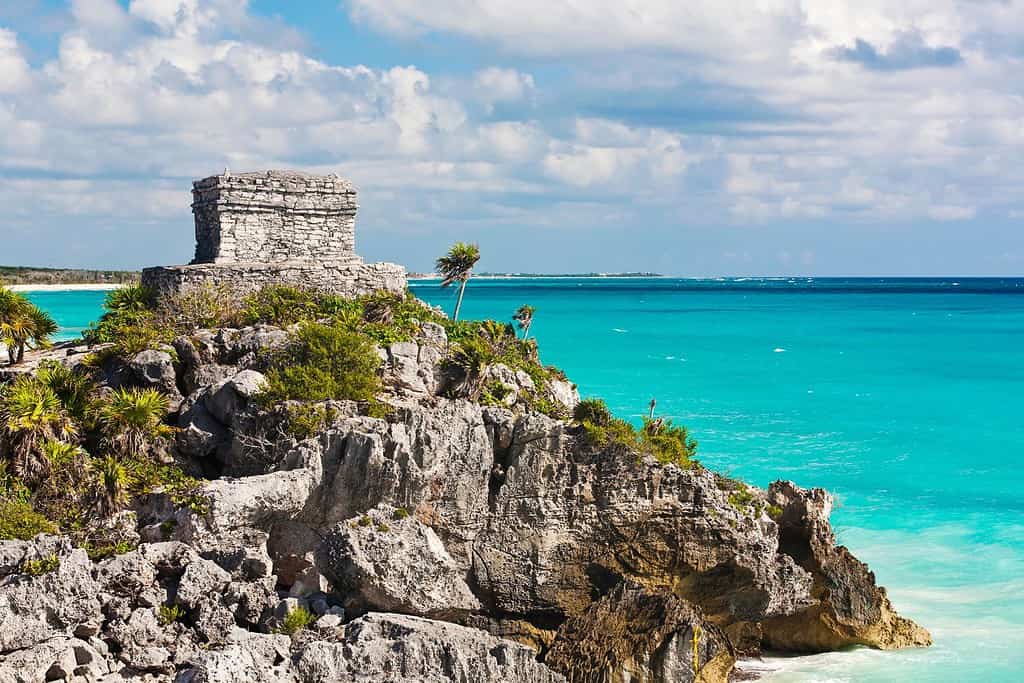
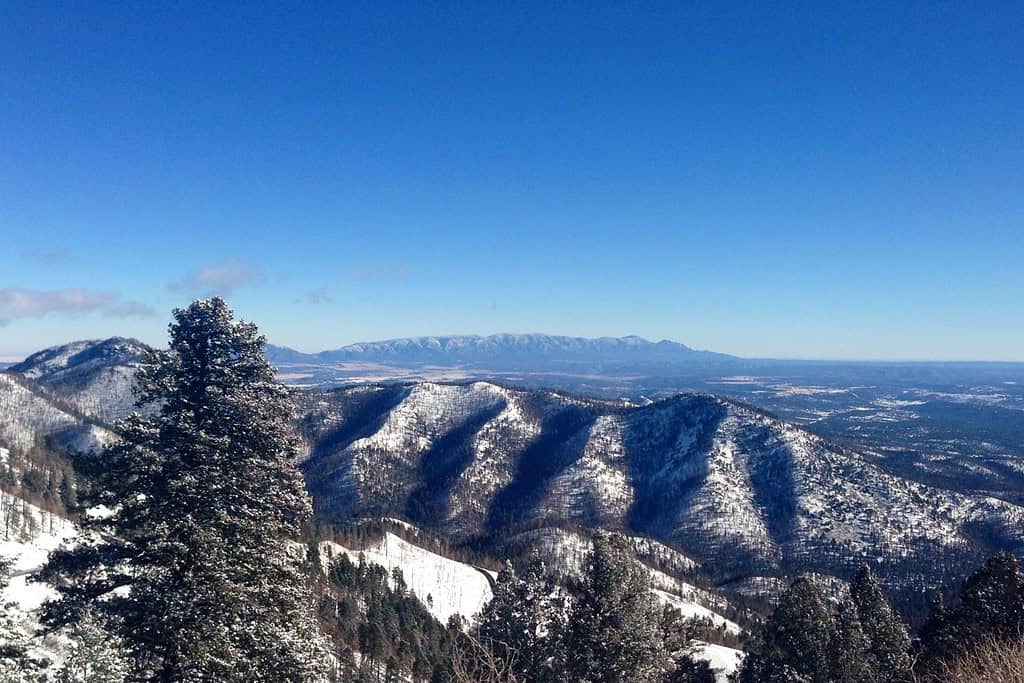
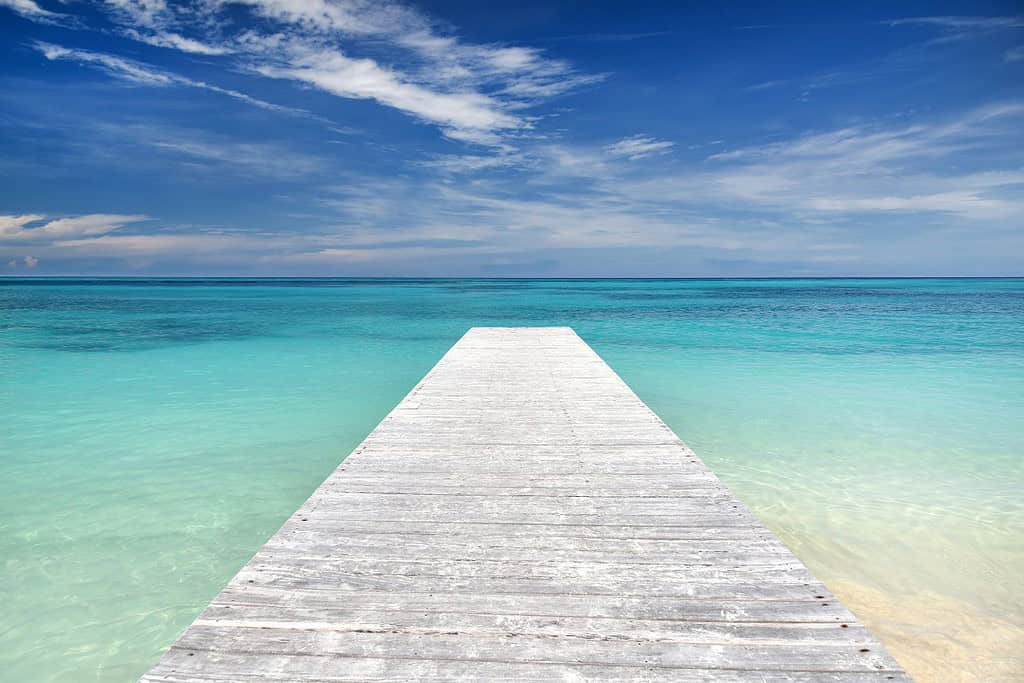
Top Geographic Features of Mexico
- Sierra Madre Mountain Ranges: These majestic ranges include the Sierra Madre Oriental, Sierra Madre Occidental, and Sierra Madre del Sur. They span across various parts of Mexico, influencing its topography, climate, and biodiversity.
- Rio Grande (Río Bravo): One of Mexico’s major rivers, the Rio Grande serves as a natural boundary between Mexico and the United States, providing vital water resources for cities and agricultural lands along its course.
- Central Plateau: This vast region located between the two main Sierra Madre ranges is significant for Mexico’s agricultural and urban centers, including the capital, Mexico City.
- Sonoran Desert: Situated in the northwestern part of Mexico, this arid region is known for its unique cacti, wildlife, and extreme temperatures.
- Agua Azul Waterfalls: Located in Chiapas, these stunning turquoise waterfalls are among Mexico’s most famous natural attractions.
- Yucatán Peninsula: This eastern projection of Mexico is characterized by its flat limestone shelf, cenotes (sinkholes), and the world-renowned Mayan ruins of Chichen Itza.
- Lerma River: An essential river in Mexico, the Lerma River flows through central parts of the country, feeding into Lake Chapala, and plays a significant role in providing water for various activities.
- Copper Canyon (Barrancas del Cobre): Located in the Sierra Madre Occidental, this series of canyons is deeper and larger than the Grand Canyon in the U.S. and is a significant tourist attraction.
- Isla Holbox: Situated off the northern coast of the Yucatán Peninsula, this island is renowned for its pristine beaches, flamingos, and a prime spot for whale shark sightings.
- Baja California Peninsula: A narrow strip of land extending from the northwestern part of Mexico, it’s known for its diverse landscapes, including deserts, mountains, and coastal areas.
These geographic features play a pivotal role in shaping Mexico’s landscape, climate, and cultural history, making them essential elements in defining the country’s geography.
Mexico Geography
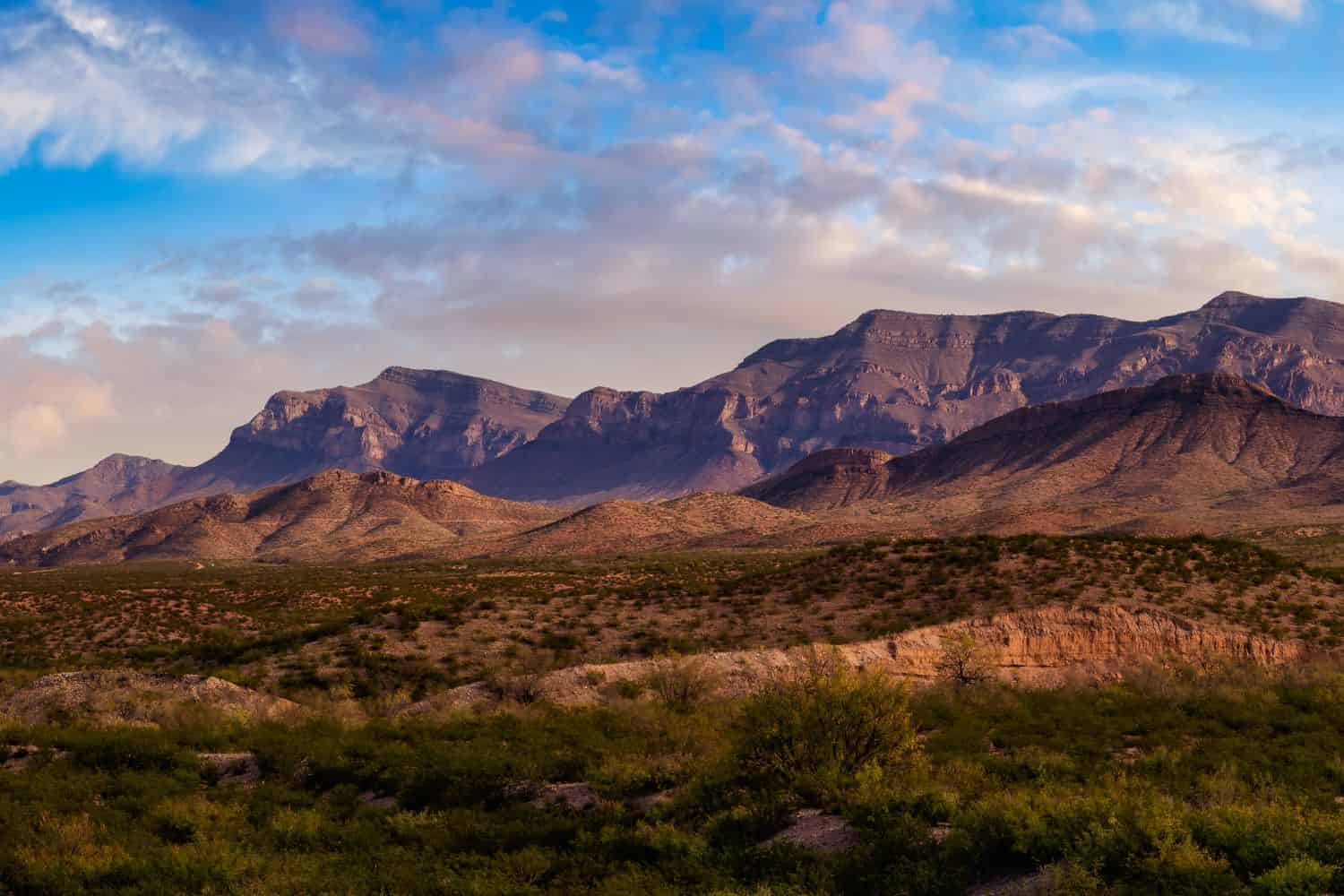
Exploring the Mexico National Geographic canvas reveals a mesmerizing array of geographic features. From the towering Sierra Madre mountains to the vast Sonoran desert and the vibrant tequila-producing regions of Jalisco, the country presents an enchanting panorama of natural wonders.
- Mountain Ranges – The Crown of Diversity: Just as documentaries frequently showcase impressive mountain ranges, Mexico is home to the stunning Sierra Madre ranges. These majestic mountains not only contribute to the nation’s scenic beauty but also harbor unique biodiversity and have shaped its cultural legacy.
- Lakes – A Spectrum of Beauty: Mexico’s Chapala Lake, the largest freshwater lake in the country, mirrors the scenic beauty often captured in photographs. These shimmering lakes, encircled by towns and mountains, echo the region’s geological wealth.
- Deserts – Vast Sands of Time: Just as documentaries capture sprawling landscapes, Mexico’s Sonoran Desert displays vast stretches of arid land that hold their own distinct ecosystems. This terrain narrates tales of indigenous cultures and the nation’s rich biodiversity.
- Historical Sites – Chronicles of Yesteryears: Mexico’s historical treasures, such as the ruins of Teotihuacan, invoke tales of journeys that delve into ancient civilizations. These relics stand as a testament to the nation’s profound pre-Columbian legacy.
- Ethnic Diversity – A Symphony of Cultures: In line with National Geographic’s emphasis on varied cultures, Mexico is a fusion of ethnic groups, including Mestizos, Amerindians, and other minority communities. Each faction contributes distinctive traditions, languages, and rituals, creating a lively cultural tapestry.
- Wildlife – Nature’s Rich Tapestry: Mexico’s protected zones, like the Sian Ka’an Biosphere Reserve, mirror the global efforts in wildlife conservation. These areas act as vital sanctuaries for myriad species, maintaining biodiversity in a varied habitat.
- Geological Marvels – Mother Nature’s Artwork: The nation’s geological gems, like the Cenotes of Yucatán, exhibit Mexico’s natural allure amidst its varied terrain. Such formations epitomize the powerful elements of nature in action.
- Remote Exploration – Beyond the Known: The remote and secluded regions of Baja California invite explorers, reminiscent of journeys into the unknown. This expansive stretch provides insights into pristine terrains and distinct ecosystems.
Mexico geographic features are characterized by the presence of the Sierra Madre mountain ranges. These grand mountains, which frame the country’s landscape, set a magnificent stage for Mexico’s diverse geography. The ancient Mayan and Aztec trails, once vital communication and trade routes, traverse these impressive mountains, connecting different regions.
Meandering gracefully through Mexico’s lands are the essential rivers of Grijalva and the Balsas River, fundamental for agriculture and irrigation. Moreover, the vast Sonoran Desert and the lush Lacandon Jungle contribute to Mexico’s multifaceted geography.
Mexico Geographic Location
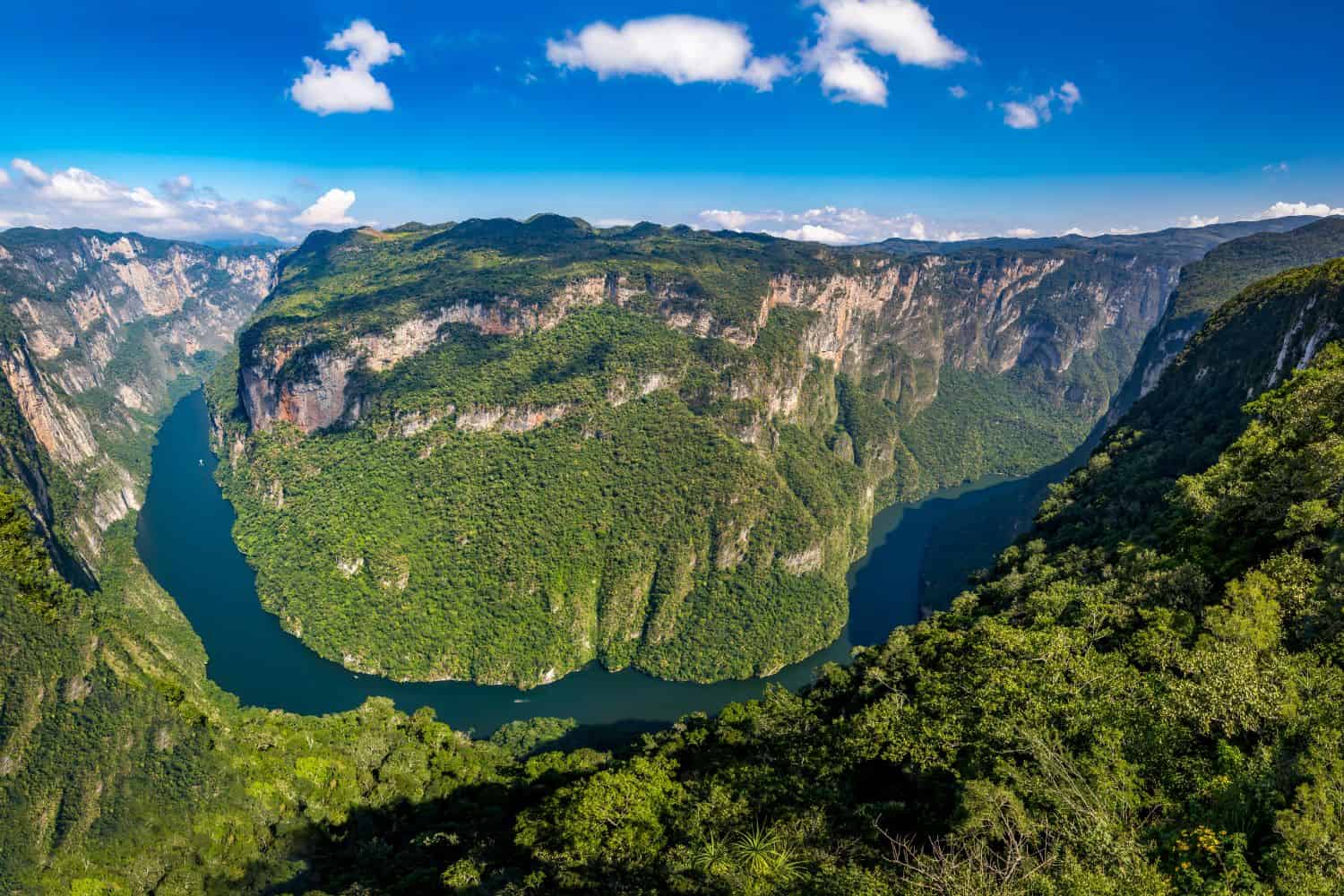
Mexico geographic location is very strategic, and its position has played a significant role throughout history. Located in the northern part of Central America, the country has been a nexus for trade, culture, and ideas, emphasizing its historical importance.
Borders of Mexico
Mexico shares borders with three countries. Here is Mexico physical geography with the neighboring countries and the approximate total length of each border:
- United States: The border between Mexico and the United States is approximately 3,145 kilometers long, making it the longest international border for Mexico.
- Belize: The border between Mexico and Belize is approximately 250 kilometers long.
- Guatemala: The border between Mexico and Guatemala is approximately 958 kilometers long.
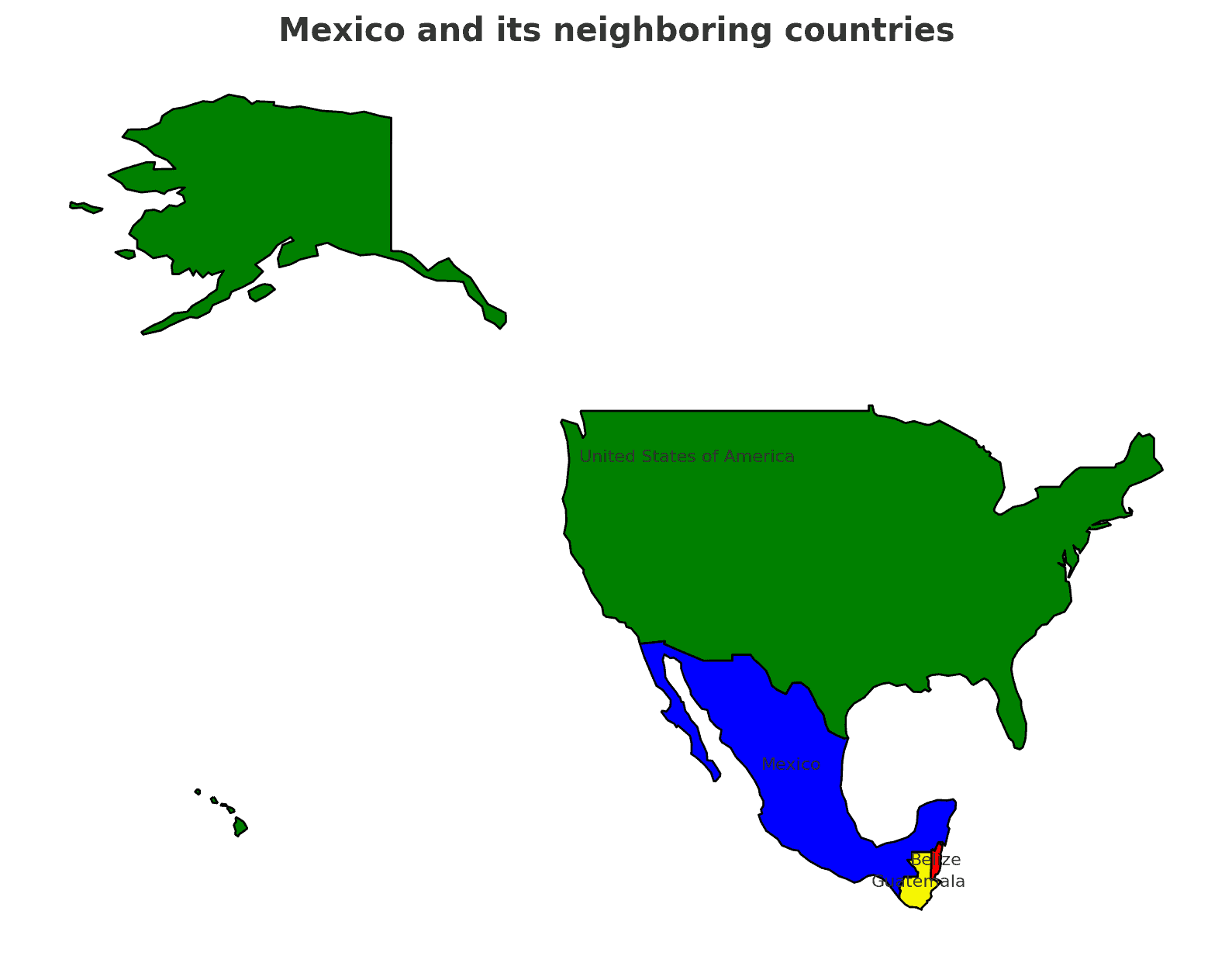
| Mexico Neighboring Country | Border Length (Approximate) |
|---|---|
| United States | 3,145 kilometers |
| Belize | 250 kilometers |
| Guatemala | 958 kilometers |
These international borders define Mexico’s connections to different regions and contribute to the country’s geopolitical significance as a crossroads between North America and Central America.
Geography of Mexico City Mexico
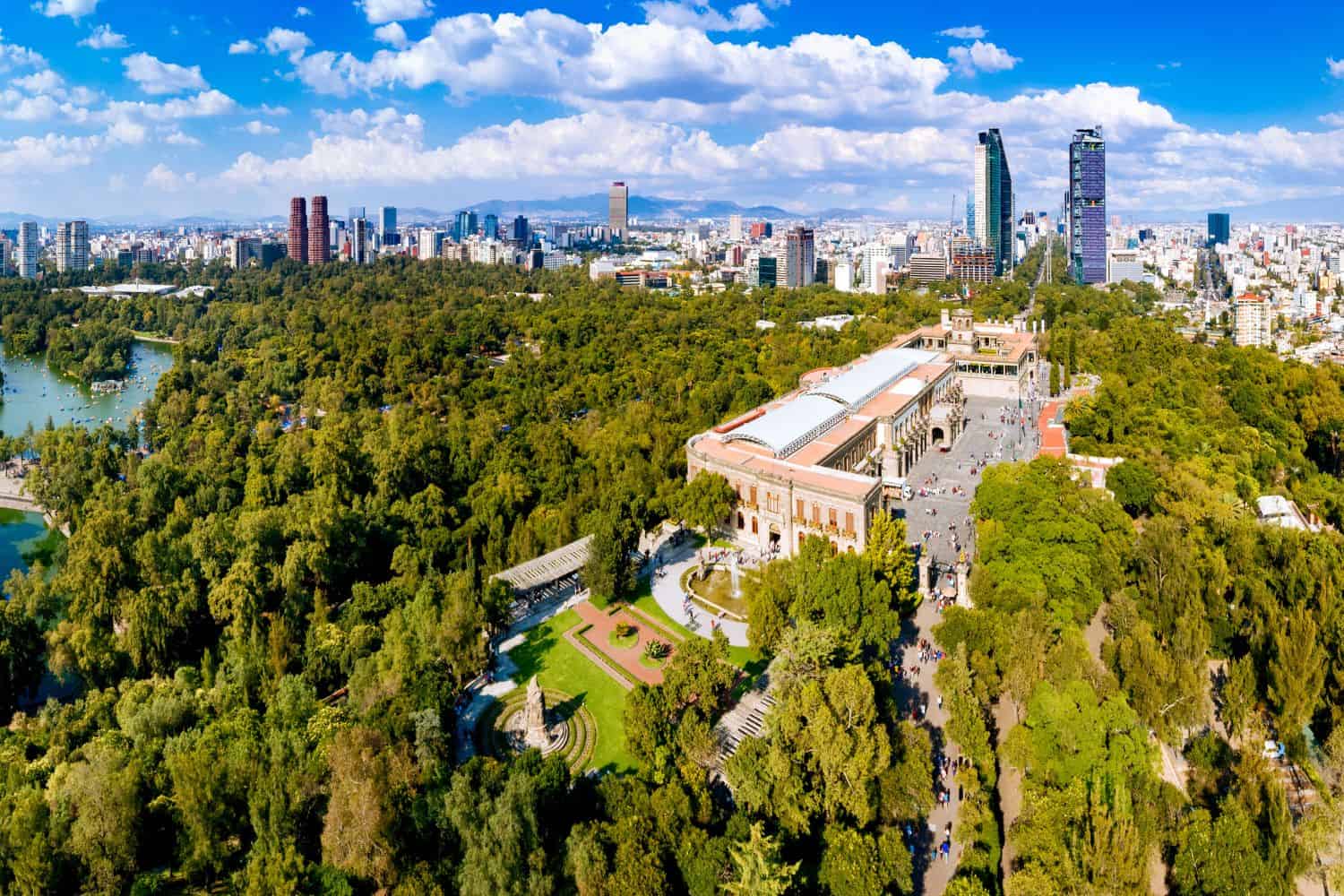
As the capital city of Mexico, Mexico City is a captivating microcosm of the country’s human geography. Here, various ethnic groups, including Mestizos, Nahuas, Otomis, and Europeans, coexist, contributing to the city’s vibrant cultural tapestry.
Mexico City, the capital city of Mexico
- City of Contrasts: Mexico City is known for its stark contrasts, where modern skyscrapers coexist with traditional colonias, creating a unique blend of old and new.
- Lake Texcoco: Historically, Lake Texcoco was central to the city, playing a significant role in its founding and development, even though much of it has since been drained.
- Mexico City’s Elevation: The city is located at a high altitude, with the surrounding valley and mountains framing it.
- Green Spaces: Mexico City is home to several beautiful parks and gardens, including the Chapultepec Forest, offering a serene escape amidst the bustling metropolis.
- Mexico City’s Historical Significance: With a history deeply rooted in pre-Columbian times, Mexico City has witnessed various epochs and played a pivotal role in Mesoamerican politics and trade.
- Diverse Architecture: The city showcases a diverse architectural heritage, reflecting influences from Aztec, Spanish, and modern styles.
- Mariachi Culture: Mexico City is a focal point for mariachi music, and its vibrant song and dance culture can be seen and heard throughout the city.
- Palacio Nacional: The historic Palacio Nacional, located in the heart of the city, is an iconic symbol of Mexico’s political history.
- Mexico City’s Economy: The city serves as Mexico’s economic and cultural hub, attracting people from all over the country seeking opportunities and education.
- Population Growth: Mexico City has experienced steady population growth, with a significant influx of migrants from various regions of Mexico, leading to urbanization and infrastructure challenges.
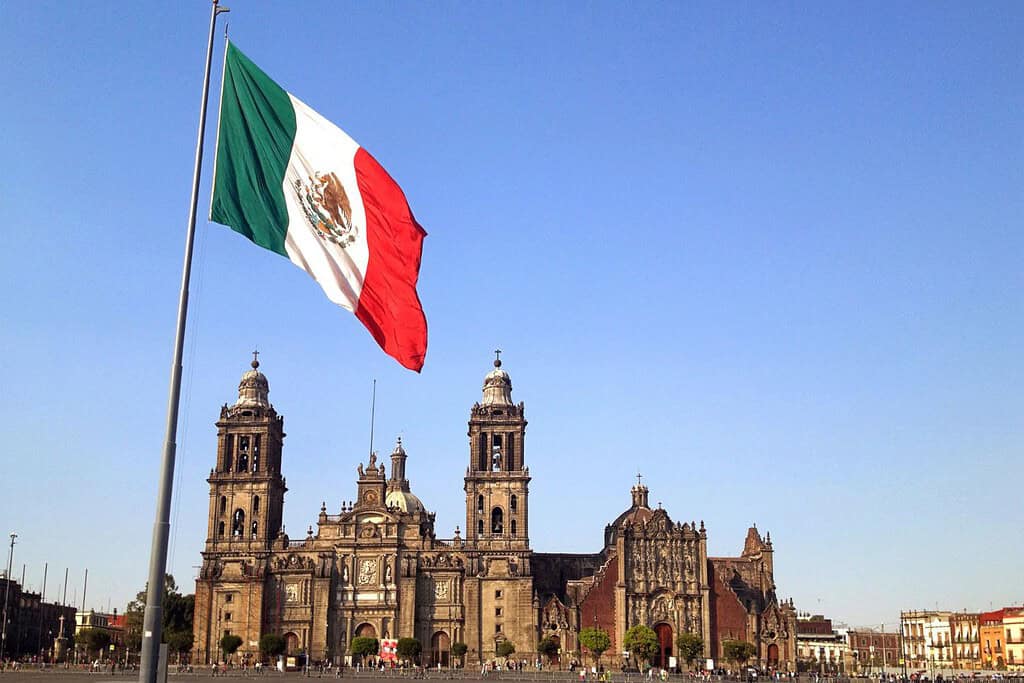
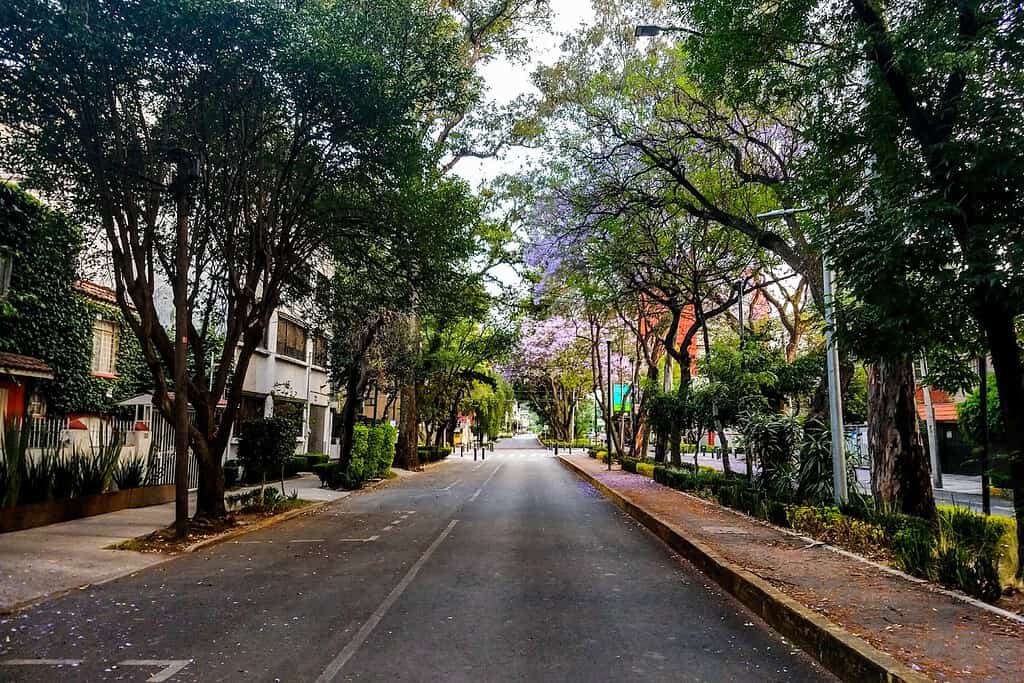
Historical Geographical Importance of Mexico
Throughout the ages, Mexico’s geographical significance has made it a sought-after stage for historical drama. As empires and nations rose and fell, from the Aztecs to the Spanish and European settlers, Mexico’s geographic position played a pivotal role in shaping the world’s history.
- Strategic Gateway: Mexico’s location as a bridge between North and South America has made it a strategic point for trade, cultural exchange, and military endeavors throughout history.
- Ancient Trade Routes: The ancient Mesoamerican trade routes passed through Mexico, connecting various civilizations and facilitating the exchange of goods, ideas, and cultures.
- Spanish Conquests: Mexico, then known as New Spain, was a pivotal territory during the Spanish conquests in the 16th century, as they sought to expand their empire in the New World.
- Wars of Independence: During the 19th century, Mexico became a focal point of the Wars of Independence, where local heroes like Miguel Hidalgo y Costilla and José María Morelos fought against Spanish rule.
- European Immigration: Mexico’s geographic position attracted a wave of European immigrants in the 19th and 20th centuries, shaping its culture and demographics.
- Influence of Indigenous Empires: Mexico was home to powerful indigenous civilizations, including the Aztecs, Mayans, and Zapotecs, influencing its early history and culture.
- Conquests of the Spanish: The European invasions of the 16th century had a profound impact on Mexico’s history, leading to a blend of indigenous and Spanish cultures and traditions.
- The Desert and Mariachi: The vast deserts of Mexico, combined with its rich cultural tapestry, gave birth to the iconic figure of Mariachi, symbolizing the nation’s cultural and historical identity.
The geographical position of Mexico is a vibrant tapestry of natural beauty and historical significance. With its breathtaking coastlines, majestic mountains, and lush forests, this diverse nation captivates anyone who visits. Mexico’s rich cultural heritage, stemming from ancient civilizations like the Maya and Aztec, blends with colonial influences to create a unique and fascinating landscape. The country’s strategic location between the United States and Central America has made it a cultural crossroads, influencing both the Americas and the wider world.
In conclusion, Mexico’s geographical importance has cast it as a central character in the story of the Americas. Throughout history, various powers have influenced and shaped its destiny, leaving an indelible mark on the region’s history and culture. Its strategic position continues to be of significant importance in contemporary geopolitics and cultural exchanges, making Mexico a land of endless discovery and relevance.
More About Mexico
[the-post-grid id=”50396″ title=”Mexico Main page”]
